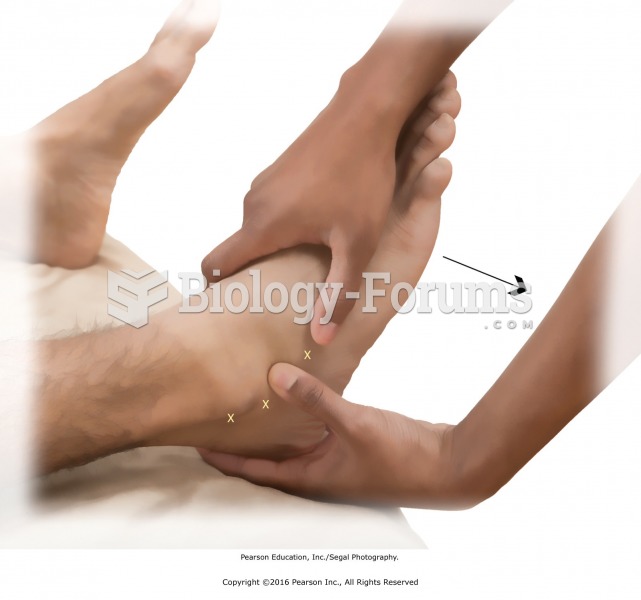Answer to Question 1
First, the visible evidence of symbolic ethnicity might lead us to exaggerate the persistence of ethnic ties among White Americans. The ethnicity of the twenty-first century, as embraced by English-speaking Whites, is largely symbolic. It does not include active involvement in ethnic activities or participation in ethnic-related organizations. In fact, sizable proportions of White ethnics have gained large-scale entry into almost all clubs, cliques, and fraternal groups. Such acceptance is a key indicator of assimilation. Ethnicity has become increasingly peripheral to the lives of members of the ethnic group. Although today's White ethnics may not relinquish their ethnic identity, other identities become more important.
Second, the ethnicity that exists may be more a result of living in the United States than importing practices from the past or the old country. Many so-called ethnic foods or celebrations, for example, began in the United States. The persistence of ethnic consciousness, then, may not depend on foreign birth, a distinctive language, and a unique way of life. Instead, it may reflect the experiences in the United States of a unique group that developed a cultural tradition distinct from that of the mainstream.
Third, maintaining ethnicity can be a critical step toward successful assimilation. This ethnicity paradox facilitates full entry into the dominant culture. The ethnic community may give its members not only a useful financial boost but also the psychological strength and positive self-esteem that will allow them to compete effectively in a larger society. Thus, we may witness people participating actively in their ethnic enclave while trying to cross the bridge into the wider community. Therefore, ethnicity gives continuity with the past in the form of an effective or emotional tie.
Answer to Question 2
FALSE







